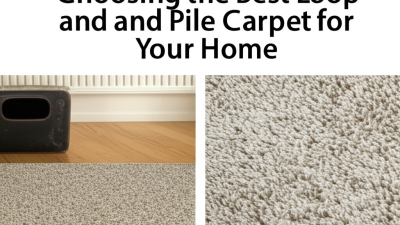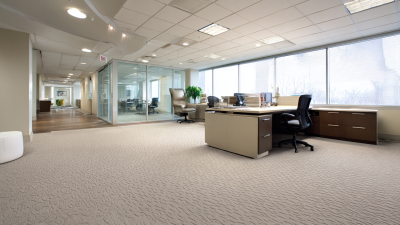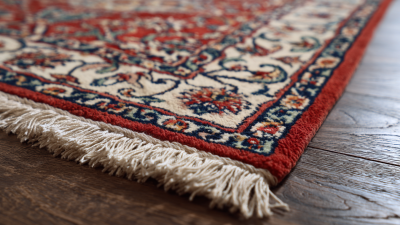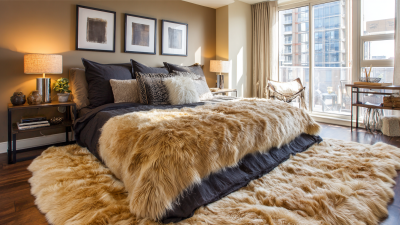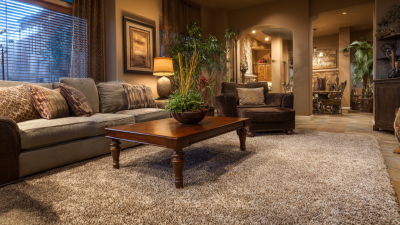
-
Home
-
About Us
-
Products
-
News
-
Blog
-
Contact Us
Leave Your Message

When it comes to creating a comfortable and safe environment in your home, the choice of materials plays a crucial role, especially in spaces like the bathroom. In recent years, the focus on bathroom decor has expanded to include not just aesthetics but also functionality and safety.
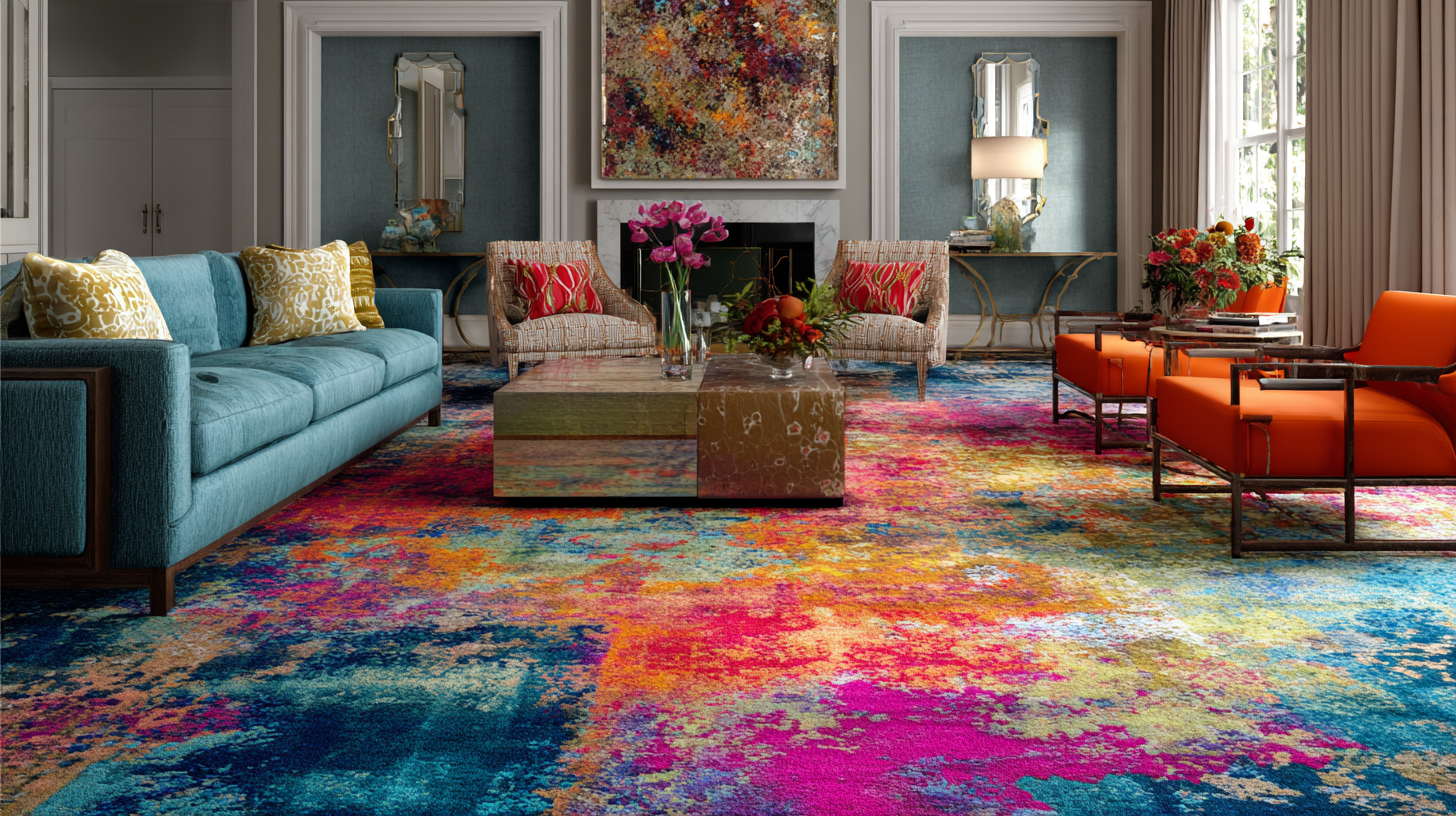
One often-overlooked element is the bathroom carpet, which offers not only warmth underfoot but also a layer of protection against slips and falls on wet surfaces. This article explores the latest trends in bathroom carpet materials, highlighting their comfort and safety features.
We will delve into various options available in the market, providing tips on how to select the best materials that suit your aesthetic preferences while enhancing the overall safety of your bathroom. With insights on durability, texture, and moisture resistance, this guide aims to help homeowners create a stylish yet secure bathroom sanctuary.
When selecting a bathroom carpet, comfort and safety are paramount concerns that today’s homeowners must address. According to a recent industry report by the National Floor Covering Association, nearly 60% of consumers prioritize safety features in flooring materials, particularly in moisture-prone areas like bathrooms. This statistic underscores the importance of choosing materials that provide both comfort underfoot and a non-slip surface.
One of the most recommended materials for bathroom carpets is nylon, known for its durability and resistance to moisture. A study by the Carpet and Rug Institute highlights that nylon adds not only comfort but also offers a safety advantage due to its ability to repel moisture and prevent mold growth. Additionally, polyester is gaining popularity due to its soft texture and affordability, while specialized treatments can enhance its slip-resistance, making it a viable option for safer bathroom environments. By understanding these emerging trends and material benefits, homeowners can make informed decisions that promote both comfort and safety in their bathrooms.
| Material | Comfort Level | Safety Features | Water Resistance | Durability |
|---|---|---|---|---|
| Cotton | High | Good (non-slip options) | Moderate | Moderate |
| Microfiber | Very High | Excellent (fast drying) | High | High |
| Nylon | Moderate | Good (advanced treatments) | Moderate | Very High |
| Polyester | High | Moderate | Low | Moderate |
| Sisal | Low | Good (natural fiber) | Low | High |
When it comes to selecting bathroom carpets, comfort and safety are paramount. A comparative analysis of popular materials reveals distinct advantages and disadvantages among them. Polyester carpets, for instance, offer a plush feel and are resistant to moisture, making them a top choice for many homeowners. Their quick-drying properties also reduce the risk of mold and mildew, crucial for a damp environment like a bathroom.
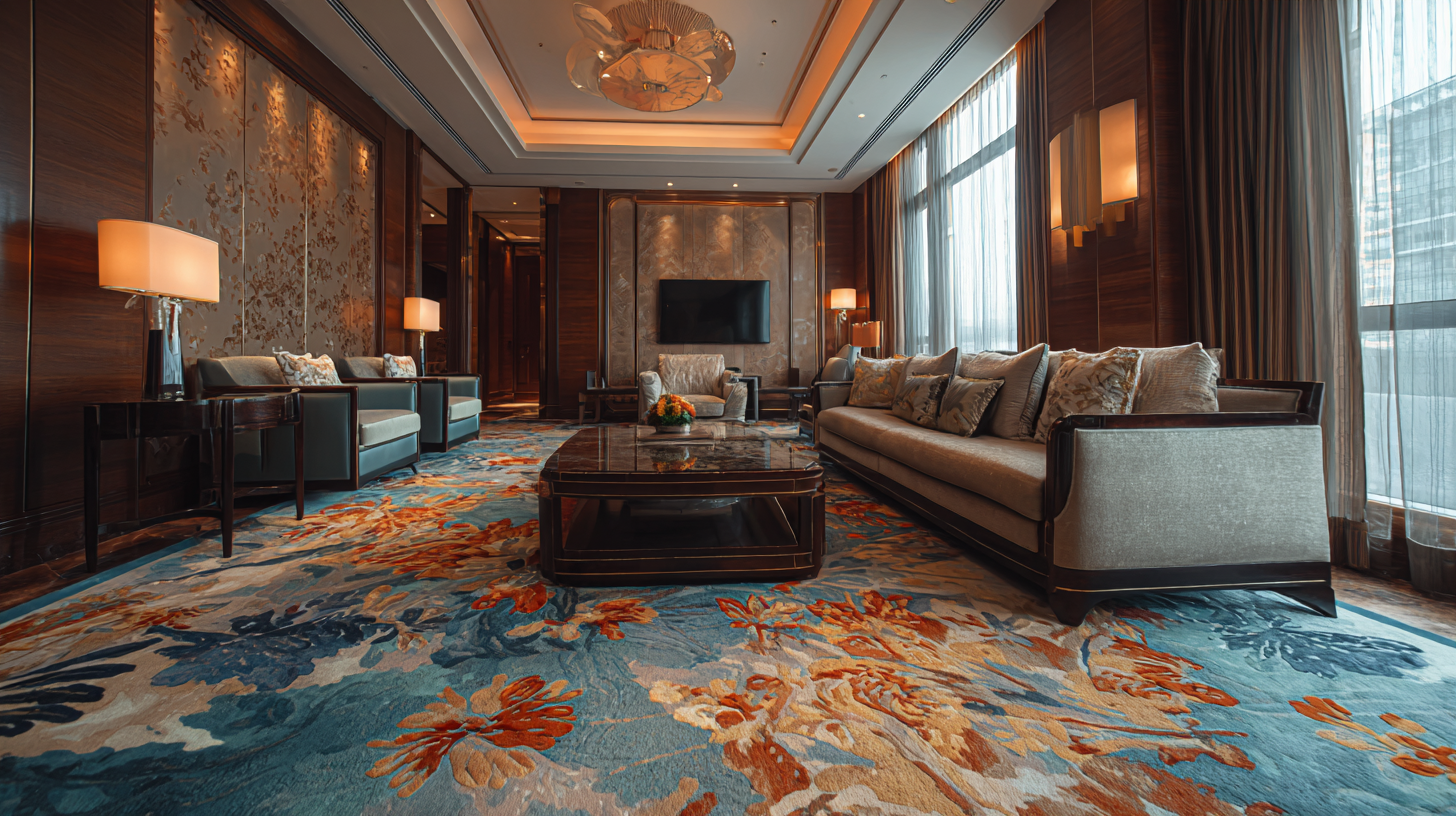
On the other hand, nylon carpets provide exceptional durability and stain resistance, ideal for high-traffic areas. While they may not be as soft as polyester, advancements in technology have led to softer nylon options that balance comfort with longevity. Additionally, rubber-backed carpets have gained traction, offering excellent grip and minimizing slips, thus enhancing safety. This analysis highlights the varying benefits of each material, empowering consumers to make informed decisions based on their specific needs and preferences in bathroom flooring.
When it comes to selecting the best materials for bathroom carpets, slip resistance is a key concern. According to the “2023 Home Safety Report” published by the National Safety Council, over 8 million people visit emergency rooms annually due to falls, with many occurring in bathrooms. Consequently, choosing the right bathroom carpet fabric can significantly impact safety. Textiles like nylon and polyester are known for their durability but may lack sufficient traction when wet. In contrast, materials such as rubber-backed carpeting and specific synthetic blends have been engineered to enhance slip resistance.
Recent trends indicate a growing interest in sustainable and safer alternatives. A study by the American Society for Testing and Materials (ASTM) noted that carpets made from natural fibers, like cotton and wool, offer better moisture absorption and can provide additional grip. Furthermore, the International Textile Manufacturers Federation reported that carpets with low pile heights tend to reduce slipping hazards, making them a preferred choice in modern bathroom designs.
As consumers become increasingly aware of safety features in home textiles, the demand for carpets that combine comfort with slip resistance continues to rise, guiding manufacturers towards innovative designs that prioritize both aesthetics and safety.
Maintaining a fresh and safe bathroom carpet is essential for both comfort and hygiene. Regular maintenance can significantly extend the life of your carpet while keeping it looking its best. One effective tip is to vacuum your bathroom carpet at least once a week to remove hair, dust, and debris that can accumulate in a high-traffic area.
Spot cleaning minor stains with a solution of mild detergent and water can prevent them from setting in. For deeper cleans, consider using a steam cleaner periodically to eliminate dirt and allergens that traditional cleaning may miss.
In addition to regular cleaning, it's crucial to address moisture, which is a common concern in bathrooms. Ensuring proper ventilation can help reduce humidity levels and prevent mold growth on your carpet. Investing in a washable bathroom carpet can also be beneficial; many modern materials can go through the washing machine without losing their shape or color. Lastly, placing anti-slip pads beneath your carpet can enhance safety, preventing slips and falls in wet conditions and ensuring that your bathroom stays both stylish and safe for everyday use.
Recent innovations in bathroom carpet materials have transformed the way we think about comfort and durability in one of the most functional spaces in our homes. According to a 2022 report by the Carpet and Rug Institute, advancements in fiber technology have led to the development of carpets that not only resist moisture but also provide superior softness underfoot. Synthetic fibers, such as nylon and polypropylene, are increasingly favored for their ability to withstand the rigors of a bathroom environment while maintaining a luxurious feel. These materials have been reported to last up to 50% longer than traditional cotton options, making them a wise investment for homeowners seeking both style and longevity.
Additionally, recent trends highlight the increasing importance of safety features in bathroom carpets. The National Floor Safety Institute indicates that carpets with non-slip backing can significantly reduce the risk of accidents in wet areas. Innovations such as antimicrobial treatments are also gaining traction, helping to combat mold and mildew growth, which are common issues in bathrooms. A survey from Home Design Magazine noted that 68% of homeowners now consider safety features as a top priority when choosing bathroom carpet, reflecting a broader industry shift towards enhancing user experience while ensuring wellness.


